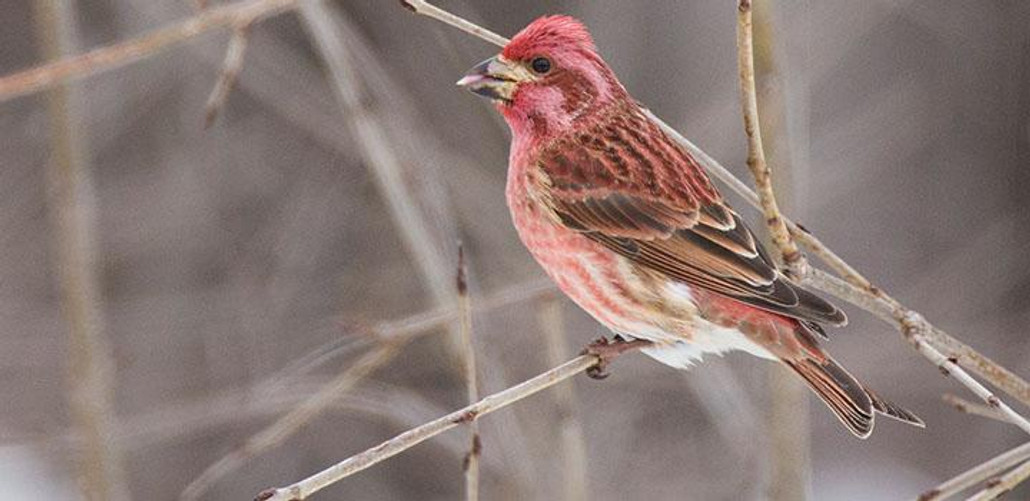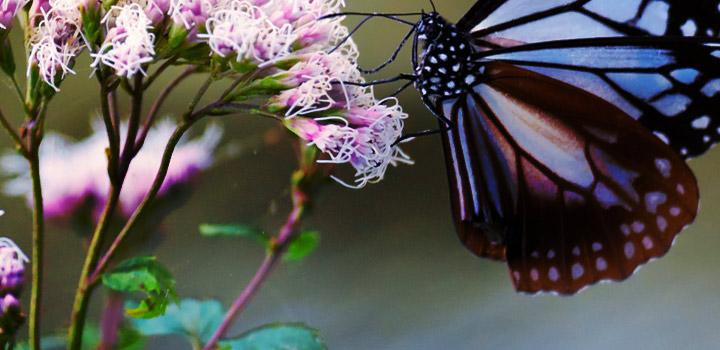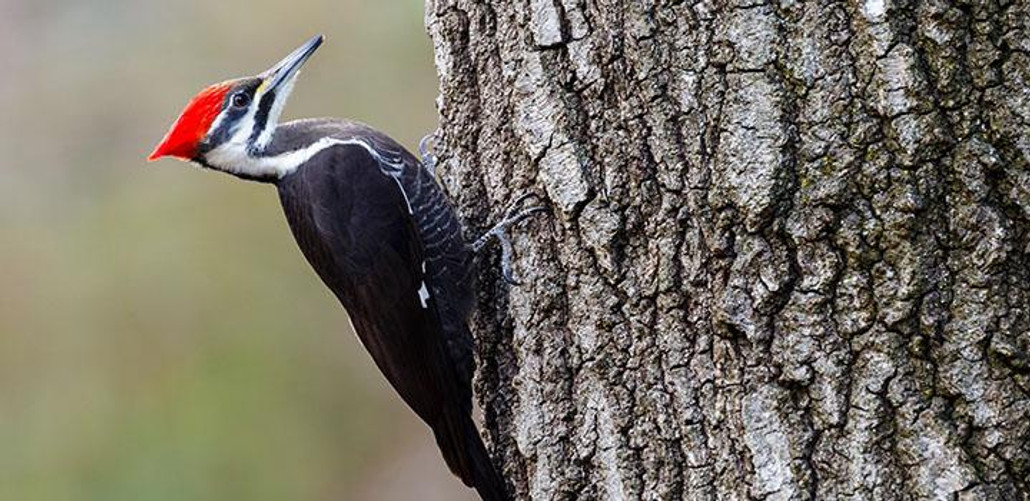Posted by Grange Co-op on 1st Oct 2017
Female:Raspberry-red head, cap, breast, back and rump. Little or no brown streaking on breast and flanks. Brownish wings and tail.
Male:Same as female, immature plumage in males is kept one year.NESTING:
Female and male build a cup nest of twigs, grasses, rootlets, and moss lined with horsehair, moss and rootlets, placed on a horizontal branch far from the trunk 5-60 ft. high. Female incubates 3-6 eggs which are light green-blue with dark… Read more
Posted by Grange Co-op on 21st Feb 2016
Butterflies capture the attention and inspire the imagination of both young and old. Inviting these natural beauties into your garden is as easy as choosing the right plants and providing a few other creature comforts that butterflies require to flourish in a single location.
First, learn which butterfly species are native to our region. There are abundant resources online to help you identify and choose which native species you’d like to… Read more
Posted by Grange Co-op on 16th Nov 2015
MALE: Deep blue on head, throat, back, wings and tail; deep rusty-red on breast, shoulder patch and flanks, usually shows chestnut patch on back; blue-washed white belly and undertail coverts.
FEMALE: Paler than male, grey throat, buffy breast, grayish blue head and back, light blue wings and tail, white eye-ring.NESTING:
In cavities: natural tree cavity, abandoned woodpecker hole, or birdhouse 2-50ft. above the ground. Nest consists of av… Read more
Posted by Grange Co-op on 1st Aug 2015
Woodpeckers can be annoying with their hammering and drumming on houses. They can also damage structures and trees by drilling holes in wood siding and eaves, tree trunks and limbs. Most such damage is done by flickers, but sapsuckers, acorn and downy woodpeckers can also cause problems on occasion.
All woodpeckers are migratory non-game birds protected by the Federal Migratory Bird Treaty Act. A property owner needs a federal permit to use… Read more




